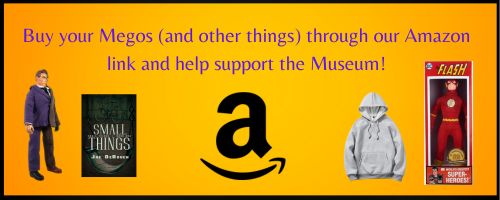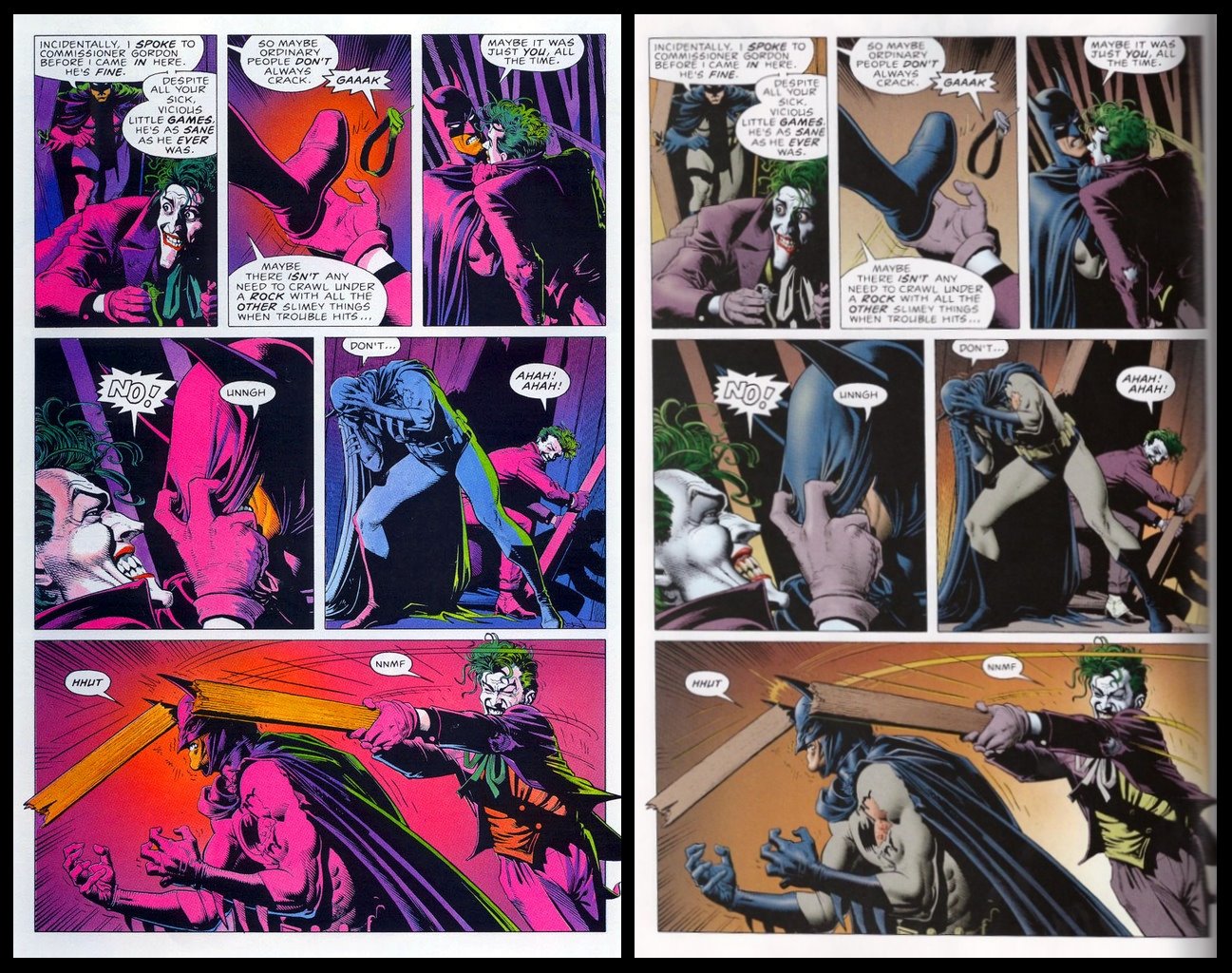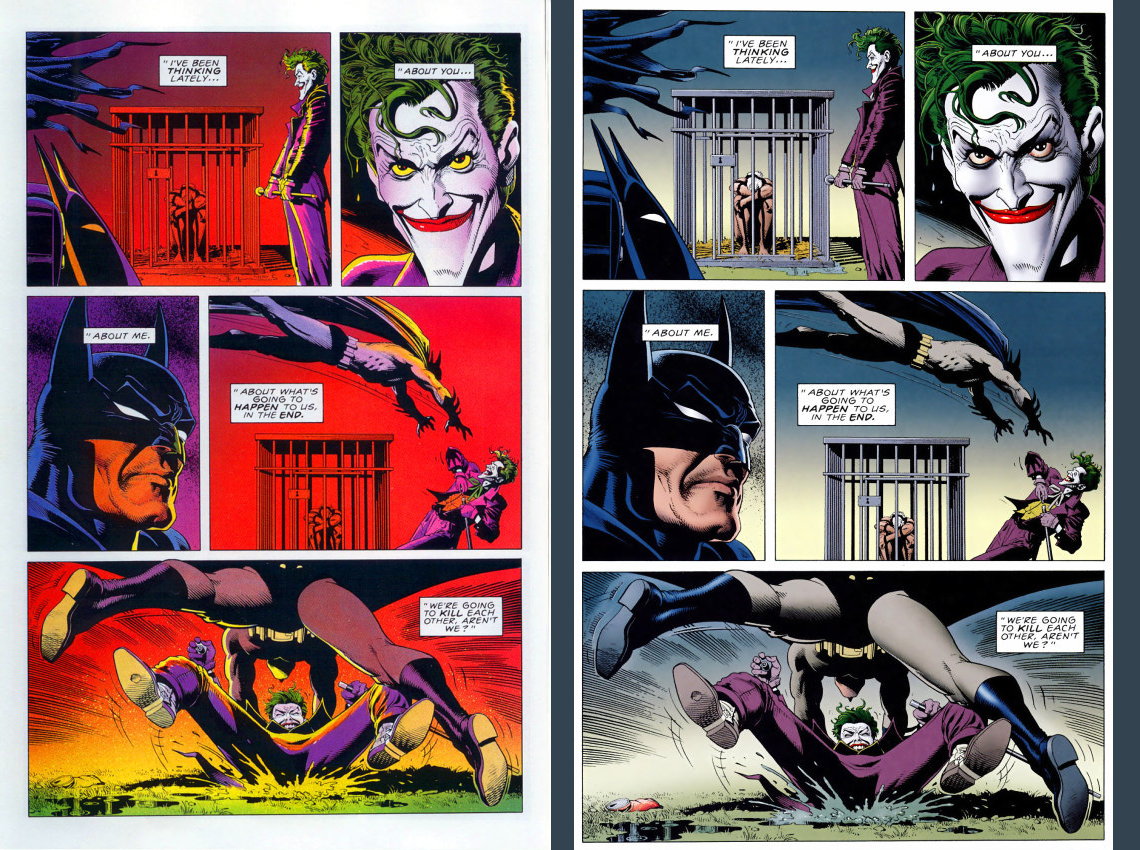I know that a lot of comic book collectors don't like to talk about the value of a book...but I am trying to wrap my head around this:
How is it that a 4th or 5th printing of a comic book would be worth more money than a 1st printing of a comic book? The cover is exactly the same in all aspects except that the publisher has changed the color scheme of the title of the book. I was always told that you want a 1st edition of the book from as far back as I can remember. Just trying to get an answer that makes some kind of sense. Thanks for any help/clarity on this question.
How is it that a 4th or 5th printing of a comic book would be worth more money than a 1st printing of a comic book? The cover is exactly the same in all aspects except that the publisher has changed the color scheme of the title of the book. I was always told that you want a 1st edition of the book from as far back as I can remember. Just trying to get an answer that makes some kind of sense. Thanks for any help/clarity on this question.





Comment